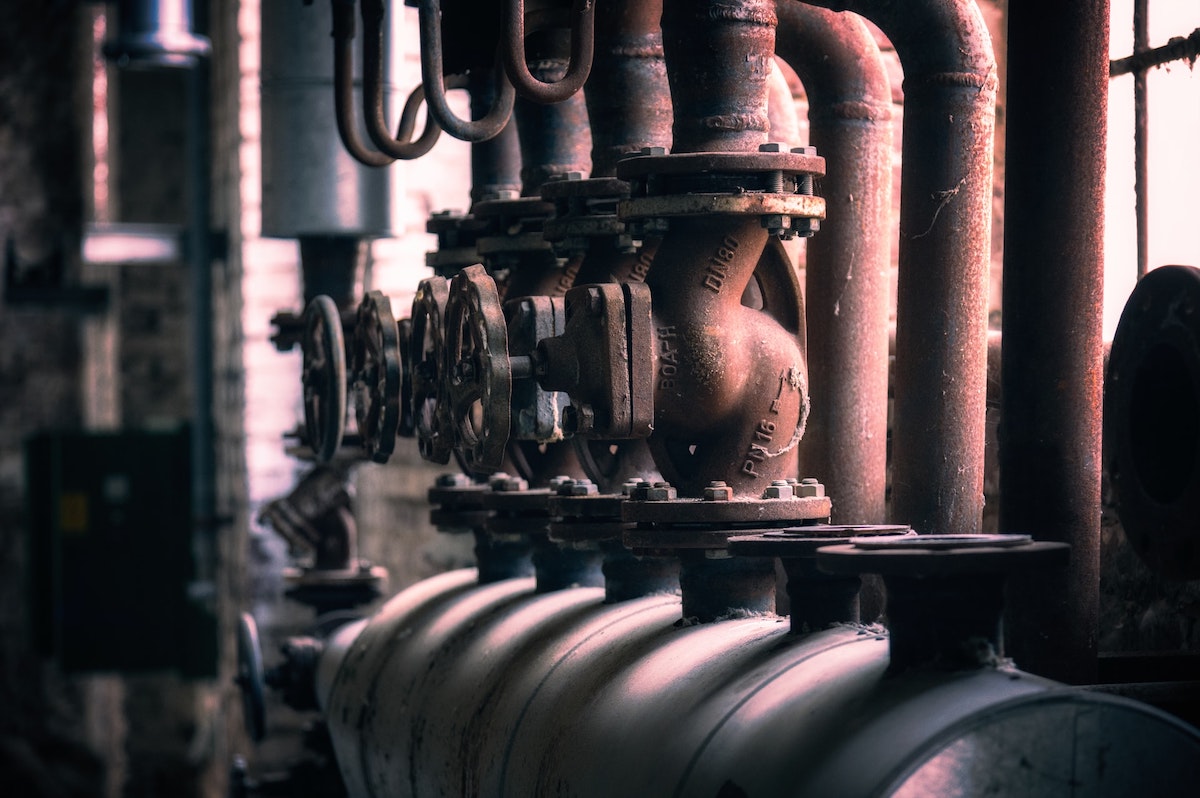5 Tips for Installing Water Lines in Your Home Design
Before starting construction on a building there are important factors to consider. The plumbing system should not be overlooked beyond the structure, architectural design, and interiors. Since it plays a vital role in daily life, ensure everything is installed correctly. Keep reading for some valuable tips for installing water lines and planning the plumbing for your new building.
Select the Ideal Location
To begin installing a water line, pick the right spot. Your choice of location plays a key role in how smoothly the installation will go. Look for an area that is easy to access and has proper drainage. Ensure the site is free of obstacles that could complicate the process. Also, consider the materials you’ll use and select a location that will remain stable and reliable over time.
Design the Path for the Water Line
After selecting the ideal location, the next step is to plan the route. This process will help you determine the pipe’s required length, the number of connectors needed, and any obstacles you might face. Taking this step is essential to prevent potential complications during installation.
Carefully map out the route, prioritizing the simplest path to the water source. For installations like a sink or washing machine, consider how far the connection point is from the main water supply.
Aim for a route without sharp angles or bends, as these can weaken water flow. Account for any layout barriers, such as walls, furniture, or appliances. Invest in water softeners or filter systems to improve the water quality and extend the life of your pipes.
Figure Out the Size and Type of Water Line
Water lines are available in various sizes and materials, each influencing their durability and water flow capacity. Before beginning the installation, evaluate your water usage needs and select a pipe size and type that suits your requirements. If you’re uncertain, seek guidance from a professional. They can help you make an informed decision and recommend the most suitable materials and tools for the job.
Investigate Local Regulations
Before starting any plumbing work, familiarize yourself with the local regulations specific to your area. This helps you understand what is permitted, which licenses or approvals are required, and the standards you must adhere to. Plumbing guidelines can differ depending on location, so contacting your local government office for guidance is a crucial first step.
While obtaining the necessary permits may take some time, it ensures the safety and compliance of the structure for both yourself and future occupants. Taking these precautions also helps you avoid potential plumbing failures or costly fines, allowing you to move forward confidently with the next steps.
Prepare the Tools and Materials
Getting your materials and tools ready ahead of the installation process is crucial. Proper preparation can help you avoid delays and reduce the risk of errors. Start by listing everything you’ll need for the job. This might include items like:
- Couplings
- Measuring tape
- Teflon tape
- A pipe cutter
- A soldering kit for sweat connections
You might also want to consider additional materials, such as pipe insulation. It helps conserve water, minimizes condensation, and boosts energy efficiency. Another option is pre-insulated pipes, which can simplify the installation process while saving time and money.
Endnote
Setting up a water line in your home might feel challenging, but it’s entirely manageable with the right planning, preparation, and approach. If you’re unsure or encounter difficulties during the process, don’t hesitate to contact a professional underground utility expert. By taking your time and being thorough, you can install a durable water line that will serve your needs for years.






